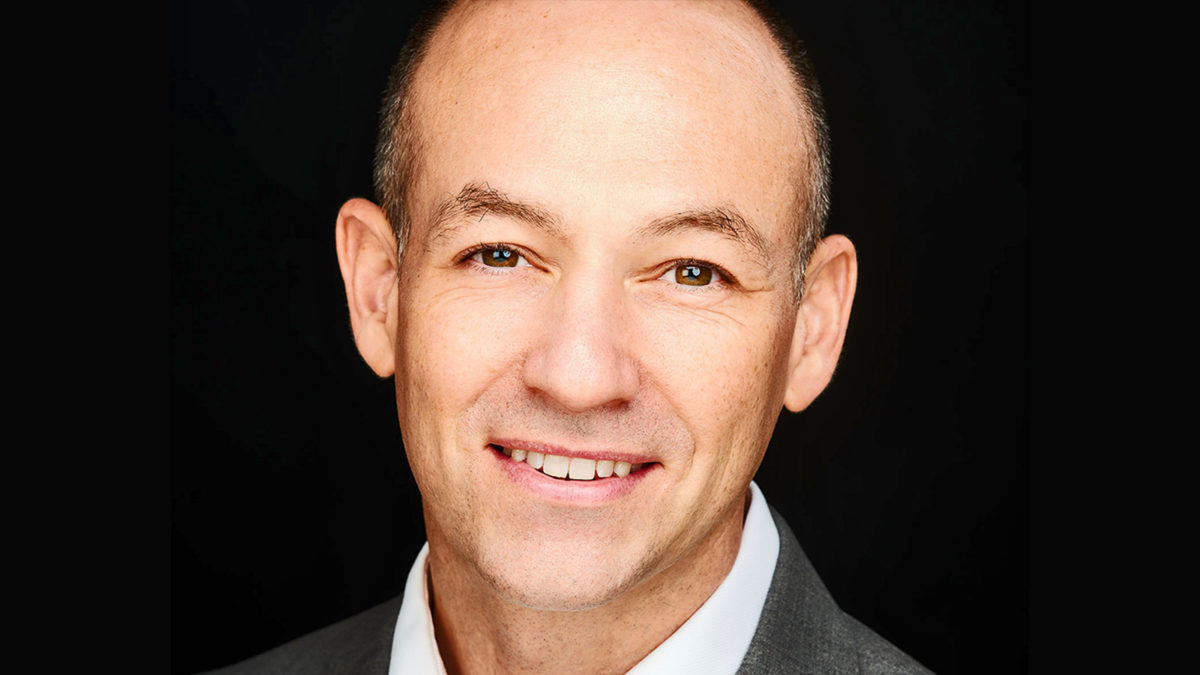Epsilon gets on at the ground floor
Australia’s direct lending market is set to take off as the big banks withdraw and investors realise the vast opportunities offered by the businesses that form the backbone of corporate Australia.
“We want to grow this market, because we believe we’re offering something that’s going to be highly beneficial to investors in Australia in the long-run – an income product that’s really quite defensive,” says Joe Millward, a founding partner at Epsilon Direct Lending.
Millward, and his co-founders Mick Wright-Smith and Paul Nagy worked together at CBA before striking out on their own to start Epsilon Direct Lending, which is targeting the under-served mid-market growth financing niche – a $70 billion niche in the $1 trillion Australian lending market that the big banks are pulling out of.
“What we’ve all enjoyed through our careers was the ability to support the growth of real operating businesses in Australia, whether through an acquisition or an expansion of their offering into new geographies. For me one of the drivers of starting Epsilon was to back myself and get in on the ground floor of what we believe will be a transition of lending market share from banks to non-banks, which has already played out in the offshore markets.”
“Epsilon has two faces: on the one hand it’s a lender to medium-sized businesses to support growth and shareholder transition events, and on the other it provides investors in the Australian market access to transactions they cannot access themselves, directly providing stable recurring cash income, low volatility, low correlation to other asset classes and other private credit strategies and capital protection. That’s something they’ve not had access to before, because the banks are the predominant lender in this market.”
Following the successful first close of their wholesale fund, Millward, Wright-Smith and Nagy are bringing their proposition to the institutional market, which has a mixed experience of allocating to the space and is in some respects still getting to grips with the relativities across dozens of different subclasses, which variously include property lending, infrastructure lending, agricultural lending, and securitisation of residential mortgages.
“Every form of lending is different, and understanding the risk and reward dynamics of each of those subclasses within private credit takes time,” Millward says. “And because it’s all new, there’s not rich data on the performance cycle of all those different asset classes within Australia; you have to look offshore for the relative risk-return dynamics and how those offshore markets have played out.”
“The banks’ impairment experiences can also assist, but only for subclasses that they’ve actually been part of historically. The private asset lenders who are focused on special situations and property mezzanine lending for example have very few data sets to help allocators understand performance through time, whereas our segment is rich in data domestically and offshore.”
Epsilon predominantly provides senior secured loans; in the event of a company’s underperformance, they’re the first ones to get paid, and the historic loss rates due to credit risk in the space are “really quite low” at around 0.5 per cent per annum according to S&P’s 30 year plus dataset. Epsilon invests in midmarket companies – Millward uses the example of medium-sized manufacturers, IT servicing companies that provide critical digital infrastructure, or medical diagnosticians.
“It’s the backbone of corporate Australia,” Millward says. “Obviously the limelight is on the ASX-listed companies, but due to the structure of Australia’s economy the ASX is probably overrepresented by financials, real estate and mining, and underrepresented by all those industries that are actually supporting the really important components of our economy – they fly under the radar, but they’re huge.”
“It’s not cash at a bank, but it’s a lot more defensive than higher yielding private credit strategies, listed and unlisted. It’s a stable, low-volatility asset class because it’s held in the private markets. The prices don’t jump around all over the place, and it’s less likely to decline in value due to credit losses.”
Australian Institutional investor interest continues to grow strongly, with recent YFYS regulation supportive for private credit allocations.
“Australian super funds have told us they expect to see greater investment in private debt given they expect less tracking error against a public benchmark than say private equity. There are also strong arguments for investors holding private debt to pick up the liquidity and complexity premium without the risk of having too much tracking error,” Millward says.
At the time of the GFC, the big four Australian banks weren’t as exposed to some of the markets that their US and European counterparts were due to their more conservative credit risk settings. The banks didn’t suffer as much, and there was less of an impetus for market share to shift. But the big four are now looking to simplify and standardise their lending products – think cookie-cutter, vanilla mortgages – opening up lucrative opportunities for the non-banks in acquisition financing, where there’s more nuance in decision making and risk assessment. In that area, speed helps.
“If you’re a private equity sponsor who wants to buy a business, or a founder/owner who wants to grow their business, there’s two things that are important: : financing certainty and ability to provide a bespoke funding solution,” Millward says.
“At Epsilon the founders are the decision makers, and we can provide that speed and certainty, whereas in a bank environment the people who originate the loans are the front office team, the people who decision are the back-office team – large, bureaucratic organisations that can be slow moving and where there’s less natural alignment between the two teams. As regulated entities, the bank’s ability to structure for a borrower’s requirements, and price accordingly, is incredibly limited.”











